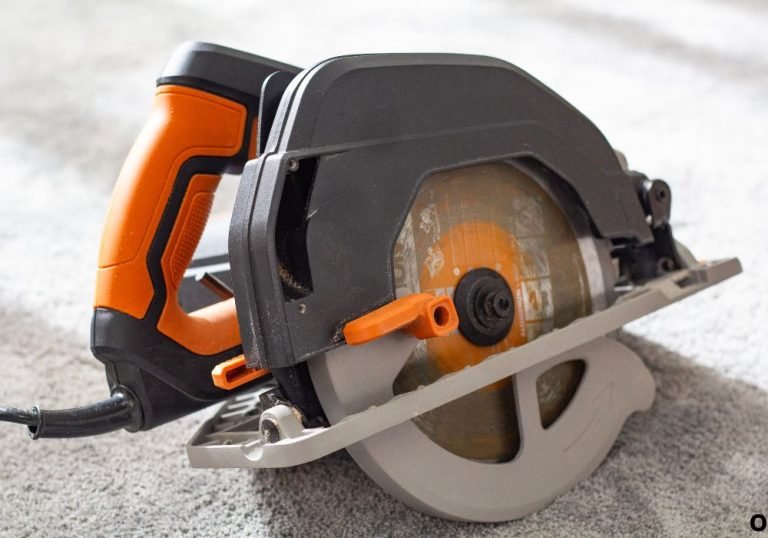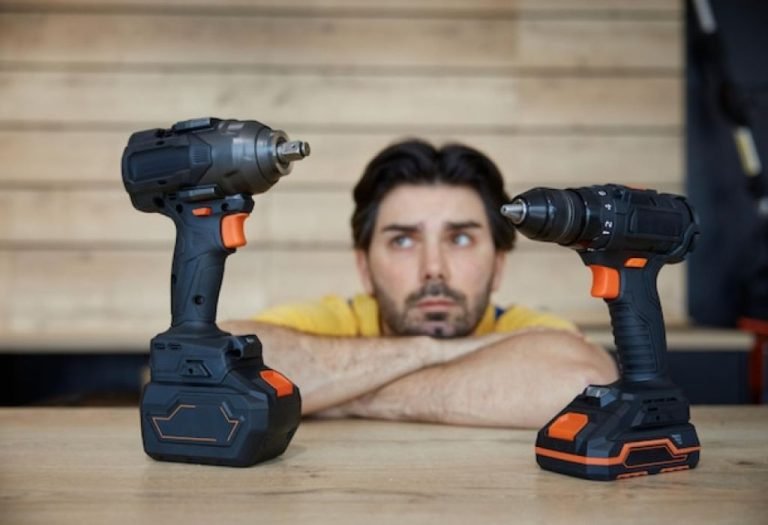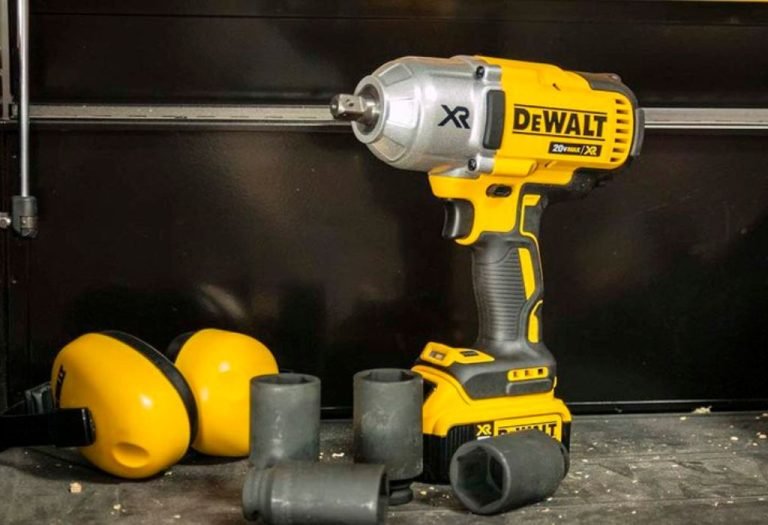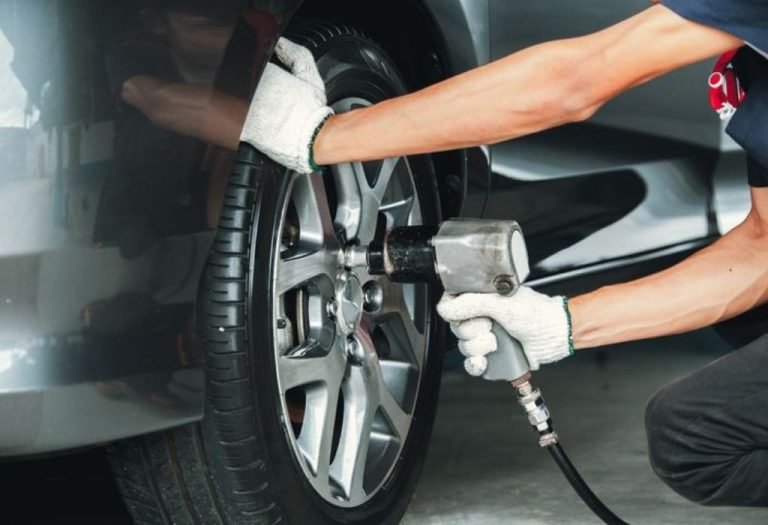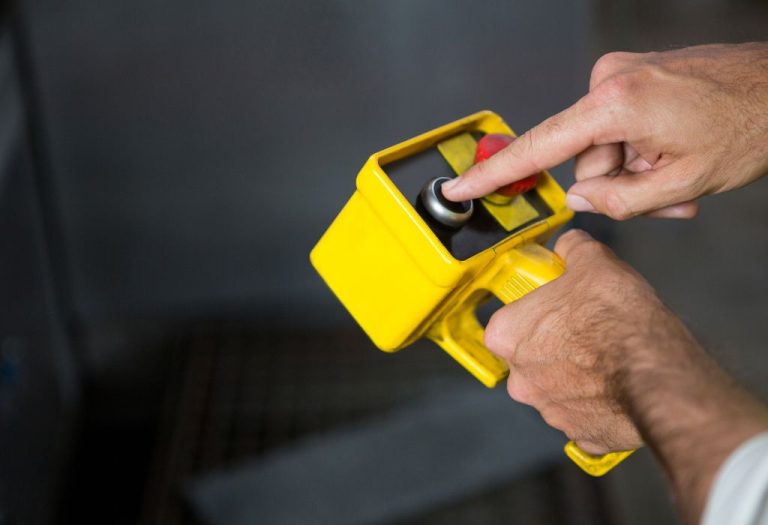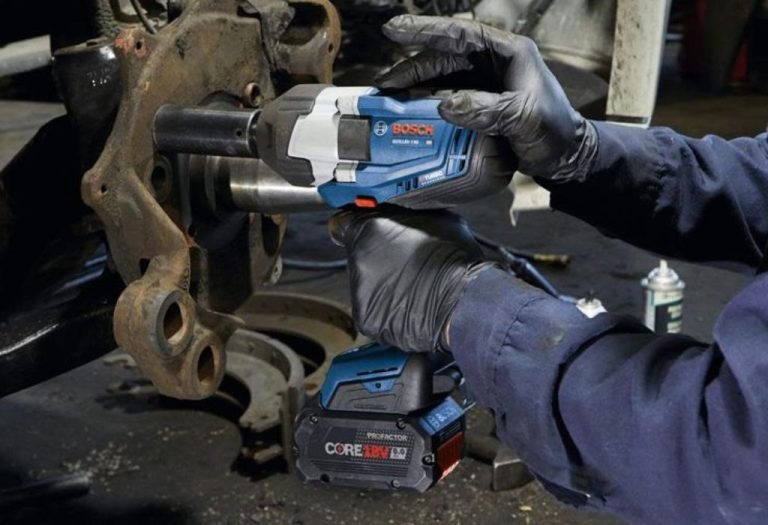Can You Bend Acrylic Sheet With a Heat Gun? Complete 2025 Guide
A DIY enthusiast preparing a home project may wonder whether bending an acrylic sheet is possible with tools already available in the garage.
The compact heat gun often seems like the logical choice, but many people worry about damaging the sheet or leaving it cracked and bubbled.
Acrylic is strong and versatile, yet it responds differently to heat than wood or metal, which makes technique extremely important.
Misusing a heat gun can destroy material quickly, while applying heat correctly can create clean and professional results.
According to Grand View Research, acrylic sheet demand is expected to grow by over 5% annually through 2030, showing its growing popularity in both DIY and commercial projects.
This surge is fueled by the material’s lightweight strength, glass-like clarity, and flexibility for creative applications.
More homeowners are experimenting with acrylic for furniture, organizers, crafts, and even custom aquariums.
The key question remains: can you bend acrylic sheet with a heat gun safely and effectively, or is professional equipment required?
Can You Bend Acrylic Sheet With a Heat Gun?
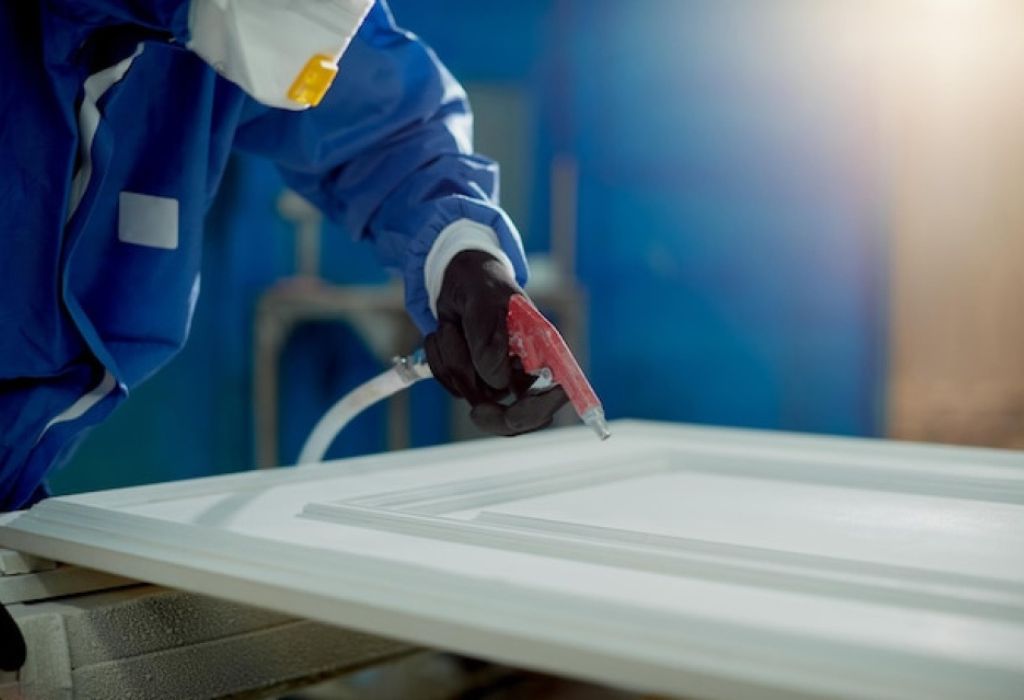
Yes, a heat gun can bend an acrylic sheet if applied properly along a marked line. The heat softens the material, making it flexible enough to bend into a new shape.
This method is best for thin to medium sheets, as thick acrylic requires more time and sometimes heating on both sides. Using steady, even passes prevents burning or bubbling.
Once heated to the right temperature, the sheet bends smoothly and hardens as it cools. With patience, DIYers can achieve strong, lasting results.
However, it is not as precise as a strip heater, which focuses heat in a narrow line for cleaner bends.
Can a heat gun bend acrylic?
Yes, with proper technique and patience.
Does acrylic soften with heat?
Yes, it becomes flexible above 320°F (160°C).
Can you bend thick acrylic?
Yes, but it takes longer and needs even heating.
Is it better than a strip heater?
No, but it works for DIY projects.
Does bending damage acrylic?
Not if done slowly and evenly.
Tools and Materials Needed
To bend acrylic with a heat gun, you need more than just the tool itself. Proper setup ensures safety and precision.
A heat gun with adjustable temperature is recommended, as acrylic softens best between 300–350°F (149–177°C). Lower-quality guns without controls may overheat the material.
Clamps and a bending jig keep the sheet steady while heating. Without support, bends may come out uneven or sloppy.
Safety equipment such as gloves and goggles is essential, as acrylic can emit fumes and the sheet becomes very hot.
What heat gun is best for acrylic?
One with adjustable temperature settings.
Do you need safety gear?
Yes, gloves and goggles are necessary.
Is a jig necessary?
Yes, it ensures straight, clean bends.
Can I use basic clamps?
Yes, they work if the sheet is secured.
Do I need special bits?
No, but only use impact-rated hex drill bits if drilling pilot holes later.
Step-by-Step Process for Bending Acrylic
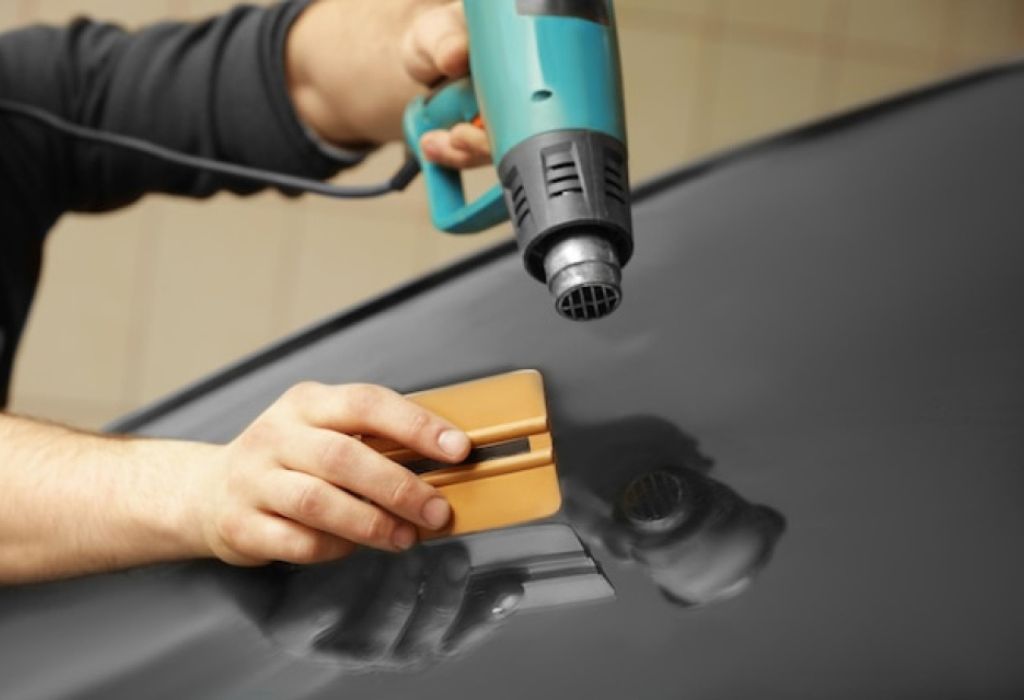
Start by marking the bend line with a ruler and non-permanent marker. Precision in marking ensures the bend occurs exactly where needed.
Clamp the sheet securely to a workbench, leaving the bend line exposed. Position a bending jig or straight edge to guide the fold.
Hold the heat gun about six to eight inches away and sweep it back and forth evenly. Focus heat directly along the bend line to avoid warping.
Once the acrylic softens, apply steady pressure to bend it slowly. Hold the sheet in place until it cools and hardens in the new shape.
How close should the heat gun be?
Six to eight inches away from the surface.
How long does it take to soften?
Usually one to three minutes.
Do you heat one or both sides?
For thick sheets, heat both sides evenly.
How long to hold after bending?
Two to five minutes until fully cooled.
Can you reheat if needed?
Yes, but too many reheats weaken acrylic.
Safety Tips When Using a Heat Gun on Acrylic
Safety should be the top priority, as both the tool and material can cause accidents. Acrylic can bubble or ignite if overheated.
Always wear heat-resistant gloves and protective goggles to avoid burns or flying debris. A respirator mask may be needed in poorly ventilated areas.
Keep the heat gun moving continuously across the bend line. Holding it in one spot risks scorching the plastic.
Work in a ventilated space, as melted acrylic may release fumes that are unpleasant or irritating.
Can acrylic catch fire?
Yes, if overheated beyond 750°F.
Do I need a mask?
Yes, in closed spaces for fume safety.
What’s the safe temperature range?
Between 300–350°F for bending.
Can heat damage the sheet?
Yes, bubbles and cracks appear if overheated.
Should kids attempt this?
No, it requires adult supervision.
Alternatives to a Heat Gun
A strip heater is the most precise alternative, as it directs heat along a narrow line. This produces professional-grade bends without warping.
An oven can be used for larger sheets, providing even heating across wide surfaces. However, the entire sheet softens, which may reduce control.
Hair dryers are not effective, since they cannot reach the required temperatures for acrylic. Attempting to use one results in wasted effort.
Professional bending machines are used in industrial applications for mass production.
Is a strip heater better?
Yes, it creates cleaner bends.
Can you use an oven?
Yes, for large sheets with even heating.
Will a hair dryer work?
No, it lacks sufficient heat.
What about industrial tools?
Yes, they are used for production work.
Are heat guns good enough for DIY?
Yes, if you follow proper technique.
Common Mistakes to Avoid
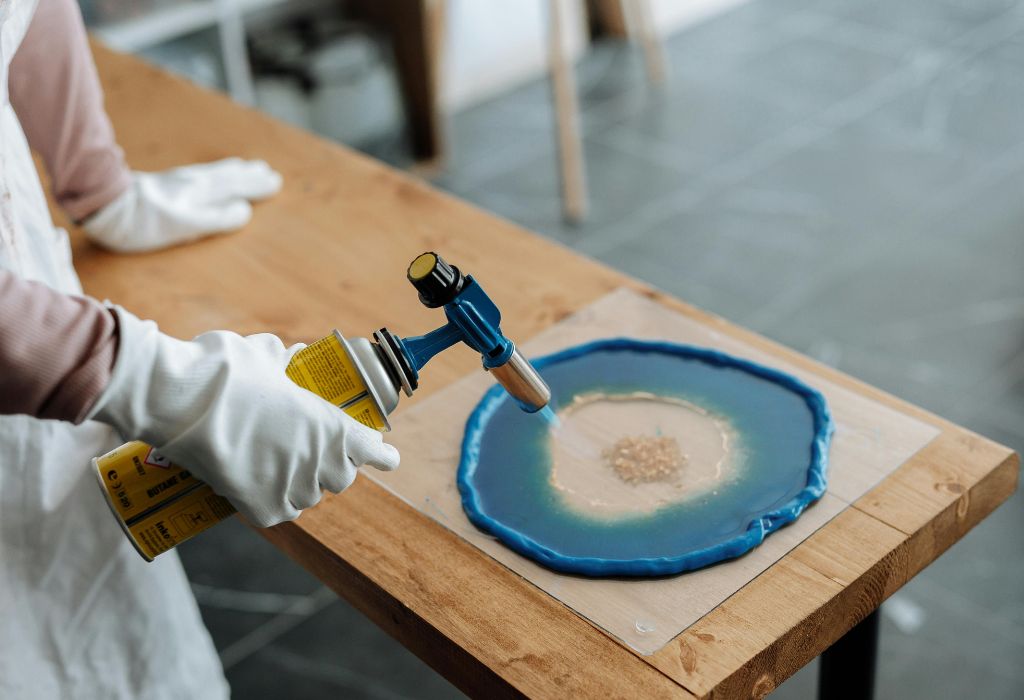
Overheating is the most common mistake, leading to bubbling and cracking. This ruins the sheet and wastes material.
Heating too wide an area produces messy, imprecise bends. Always focus heat narrowly along the marked line.
Bending too quickly often causes fractures. Acrylic should be bent slowly once softened.
Forgetting to clamp the sheet may lead to crooked results, so always secure it properly before heating.
What happens if you overheat acrylic?
It bubbles, burns, or cracks.
Why do bubbles form?
From overheating or uneven heating.
Can bending too fast cause cracks?
Yes, it stresses the sheet.
Do clamps really matter?
Yes, they keep bends straight.
Can reheating fix mistakes?
Sometimes, but it weakens acrylic.
Creative DIY Projects Using Bent Acrylic
Acrylic is popular in home décor projects. Shelves, organizers, and stands can be created by bending sheets into custom shapes.
Crafters also use bent acrylic for light fixtures, signage, and art projects. The transparency adds a sleek, modern look.
Custom aquariums and terrariums often use bent acrylic panels. This reduces seams and provides stronger structures.
Protective covers, display cases, and even furniture accents can be formed with heat bending.
Can I make furniture with bent acrylic?
Yes, lightweight furniture is possible.
Is it safe for aquariums?
Yes, if bent and sealed properly.
Can I use it for crafts?
Yes, it is common in creative projects.
Is bent acrylic strong?
Yes, if cooled properly after bending.
Do pros use heat guns for acrylic projects?
Yes, especially for small to medium tasks.
Conclusion
A heat gun can successfully bend acrylic sheets when used carefully. It softens the plastic enough to bend without cracking if the heat is applied evenly.
Thin to medium sheets respond best, while thicker ones may require extra patience or heating both sides. The process works well for DIY projects and creative designs.
Although strip heaters and professional tools provide more precision, a heat gun remains the most accessible and versatile option for homeowners.
Final advice: practice on scrap pieces first, invest in safety gear, and use steady heating for the best results when bending acrylic in 2025.

I’m Michael R. Turner, the founder, lead writer, and passionate DIY enthusiast behind 101diytools.com. With years of hands-on experience in home improvement and power tools, I built this platform to share practical tips, in-depth guides, and honest reviews to help DIYers of all skill levels tackle projects with confidence and the right tools.

